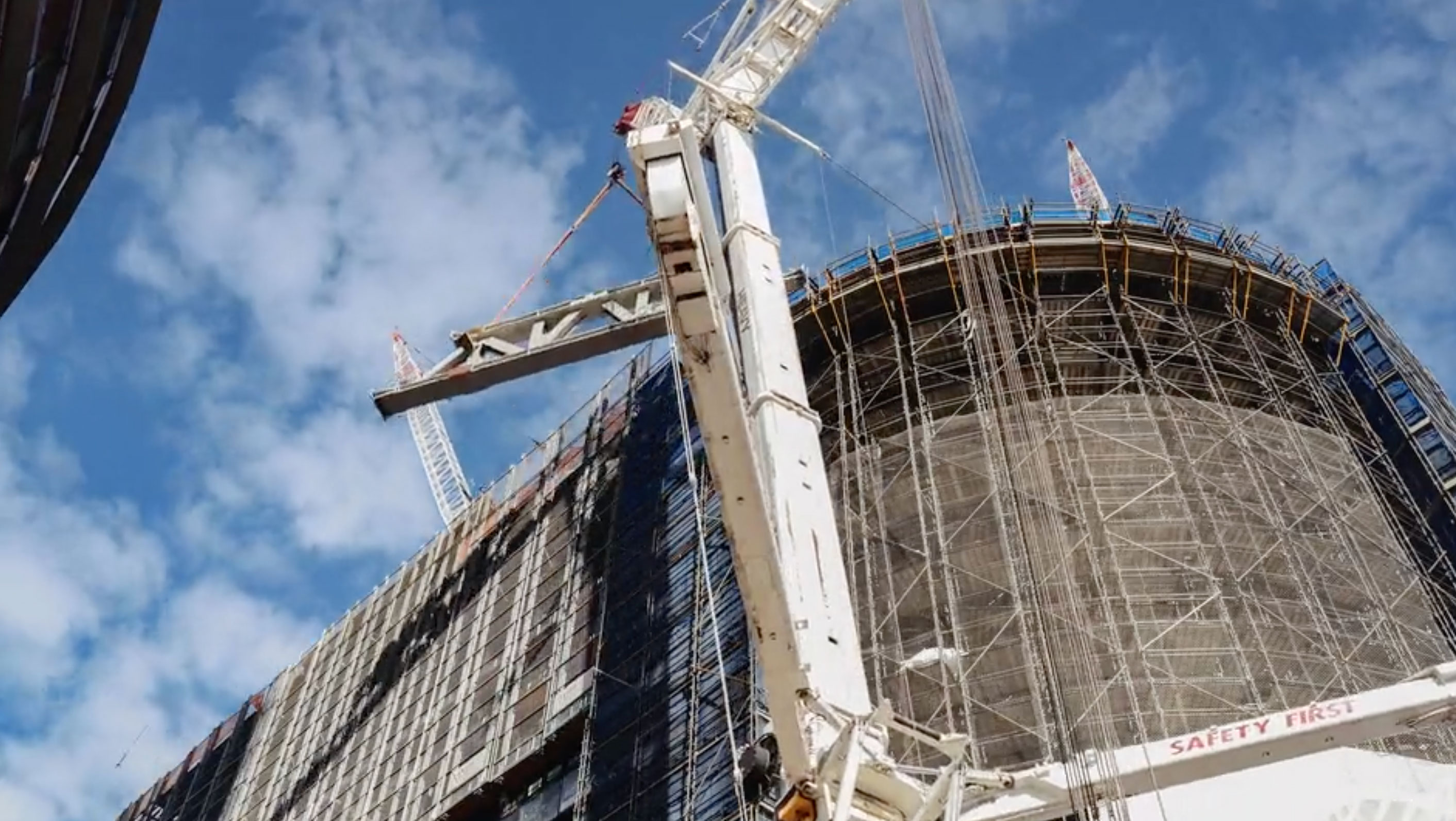Building Construction Shrinking at a ‘Concerning Rate’
Flagging market confidence and pressure on house prices are weighing heavily on Australian construction, with house building contracting at its fastest rate in more than six years.
The four construction sub-sectors reviewed by the performance of construction index — house building, apartment building, engineering and commercial activity — all experienced falls in February.
Declines in residential building were the most acute, with apartment building still the weakest performing sector, declining for an 11th consecutive month.
The index, conducted by the Australian Industry Group and Housing Industry Association, takes its scores on a weighted mix of activity, orders and new business, deliveries and employment.
Ai Group head of policy Peter Burn said that the drop in residential activity represented an “orderly wind-back” from the historically high levels of activity.
“The fall in engineering construction is shallower and less entrenched than is the case with the residential sub-sectors but is also a pull-back from elevated levels.
“With new orders also lower in February the construction downturn looks likely to continue over coming months.”
Related: Housing Market May Trigger Economic Instability in 2019: CEDA

Echoing larger economic concerns this week, HIA economist Tom Devitt said that the sector will become more reliant on the resilience of the broader economy as home building activity slows.
“The pipeline of building work looks to be shrinking at a concerning rate,” Devitt said.
“Residential building has been pivotal in driving activity in the rest of the economy for the past five years.”
‘Momentum has shifted’
RBA governor Phillip Lowe said that strong demand from investors helped underpin the extra construction activity needed to house the growing population.
“But the rigidities on the supply side, coupled with investors’ desire to benefit from a rising market in a low interest rate environment, amplified the price increases,” Lowe said at an address to the AFR Business Summit on Wednesday.
“There is an internal dynamic to housing price cycles, and this one is no exception.
Lowe said that, by 2017, the ratio of median house price to income had reached very high levels, particularly in Sydney and Melbourne.
“Finding the deposit to purchase a home had become beyond the reach of many people, especially first home buyers if they did not have others to help them.
“At the same time, the combination of high prices and weak growth in rents meant that rental yields were quite low.
“So, naturally, momentum shifted.”














